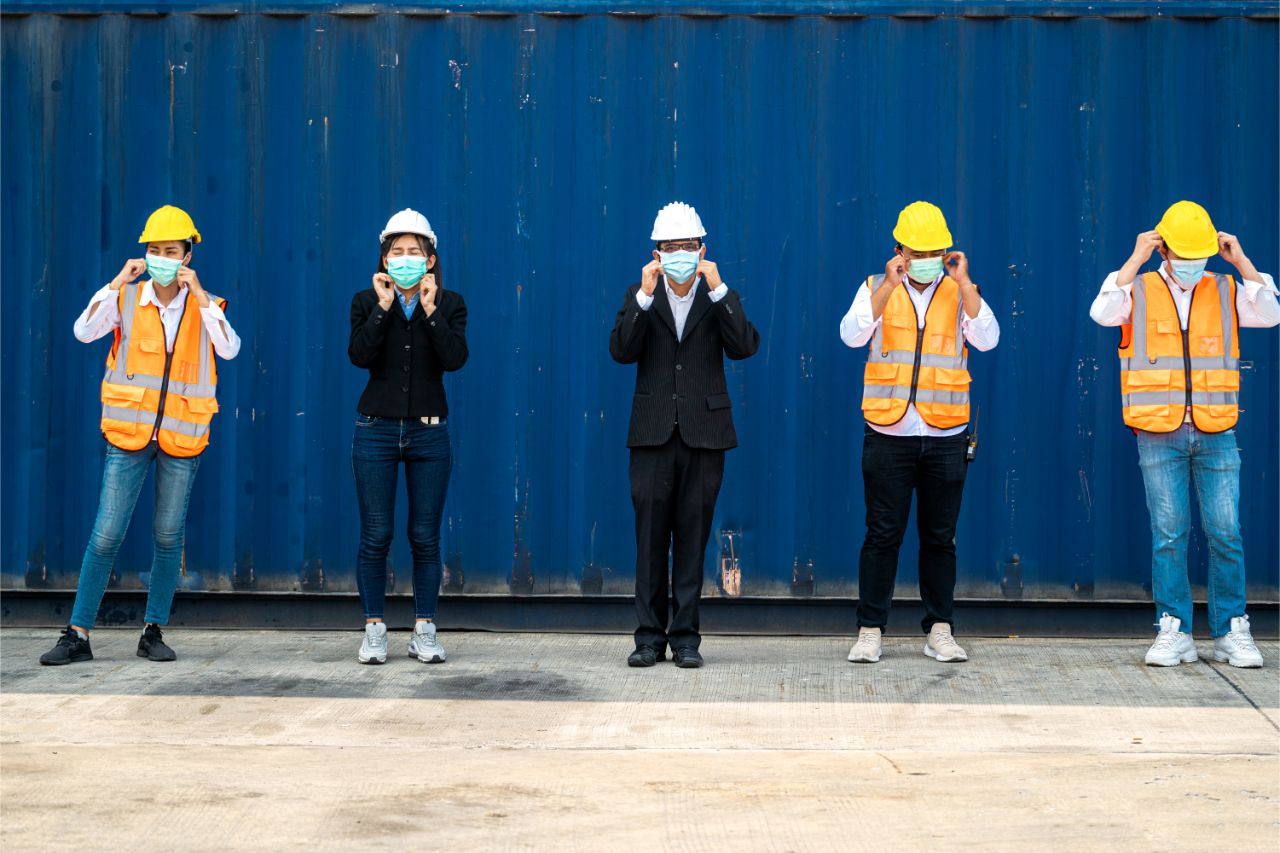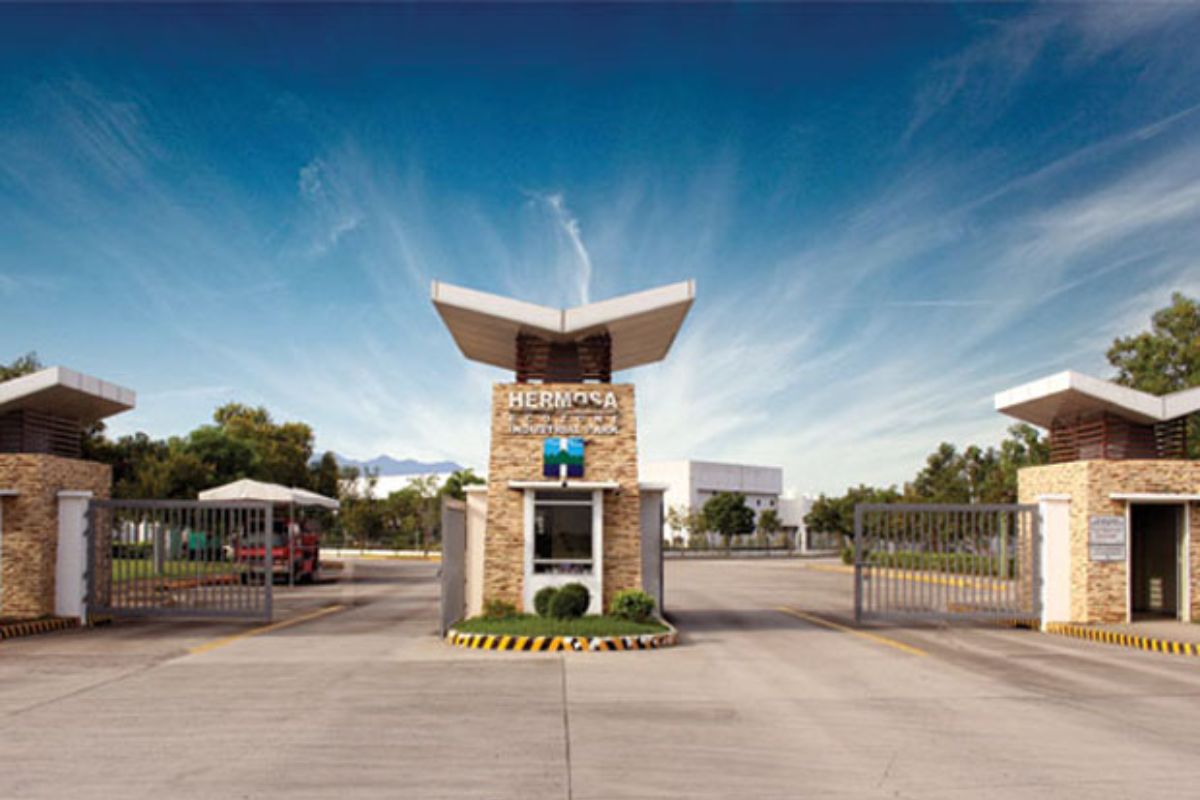What are the ways to manage a manufacturing workforce during COVID-19?
- Educate Your Workforce
- Disinfect Workplaces Regularly
- Determine Essential On-Site Workers
- Identify High-Risk Employees and Prepare For Exposure Instances
The pandemic has affected businesses across various industries. While other sectors close their doors and adopt a work from home setting, managing a manufacturing workforce during COVID-19 means facing the reality that employees must work on site. There is no factory production work from home.
During these uncertain times, the role that manufacturing leaders carry has never been heavier. Employees look up to their leaders to protect their health. As these are the people who set your organization on the path of success, business owners need to mitigate the risk of disease transmission in their daily operation procedures, with emphasis on identifying high-risk individuals, social distancing, and observing proper hygiene.
Continue reading on to learn about effective ways to manage your manufacturing workforce during COVID-19.
Educate Your Workforce
Keeping the advice of public health officials in mind, every citizen must follow the necessary health and safety protocols to mitigate infection risks. What applies to other establishments also applies to manufacturing plants.
As a business owner, you are primarily responsible for your workforce’s health. Now more than ever is time to communicate excessively about industrial zone hygiene and safety. Get into the details and inform every worker about proper hygiene practices that need to be followed. Medical experts are continuously learning about developments or new strains of the coronavirus. As more data comes in, you must reach out to your manufacturing workforce and keep them updated.
There are additions to the measures already being observed in manufacturing zones such as biological and chemical hazards. Promote the following enhanced safety practices to ensure workforce safety during COVID-19:
- Frequent and proper handwashing for at least 20 seconds
- Respiratory etiquette
- Maintaining social distancing of 2 meters
- Prohibiting the sharing of tools or equipment
- Wearing face masks during operations
- The importance of boosting the immune system
- If feeling unwell, inform the management as soon as possible and self-isolate
At the forefront of mitigation efforts, employers must also foster a feeling of clarity and trust. Communicate exactly what you are doing to keep the workforce safe.
Disinfect Workplaces Regularly

For managing manufacturing workforces, maintaining a clean environment is one of the best COVID-19 prevention methods. Although maintaining a clean zone is already likely a part of your day-to-day operations, this must be further stressed during these times.
According to the National Institute of Allergy and Infectious Disease, the coronavirus can stay on surfaces for days. The equipment used can accumulate respiratory droplets. In plastic and steel surfaces, the virus remains active for up to three days. It also remained infectious for up to 24 hours on cardboard and four hours on copper.
Prevent the spread of diseases by providing cleaning supplies to your employees to disinfect workplaces regularly. To avoid any further harm to the workforce, place signages around the facility to remind your team to keep their stations sanitized.
Determine Essential On-Site Workers
Manufacturing owners must identify how the COVID-19 pandemic could affect plant operations. Following the local government’s advisory regarding flexible working arrangements, you must determine essential on-site workers to observe proper social distancing. If a personnel’s role can be adapted to allow remote work, they should be allowed to do so.
Identify which employees without whom operations cannot continue such as wastewater treatment engineers, boiler operators, lead electricians, or maintenance mechanics. Create schedules and take any necessary precautions to isolate personnel from each other to try to minimize exposures. To the extent they are capable, business owners should be prepared to work with skeleton crews.
Let your workforce know that it is completely okay to take a leave if they are feeling sick. Some of them may not want to take breaks because of the financial situation. However, you must encourage them. What’s extremely challenging about combating the coronavirus is that you will never know who is asymptomatic. Adjusting operations is a small price to pay when it comes to mitigating infection risks.
A rotating workforce is key to operating successfully during the COVID-19 for several reasons. First, the fewer workers that will enter the manufacturing plant, the lower the risk for infection. Second, if a worker becomes sick, there are fewer employees exposed and required to self-quarantine, which decreases consequential productivity impact. Essential crews must be working staggered shifts to prevent the loss of all key personnel at the same time.
Identify High-Risk Employees and Prepare For Exposure Instances

Employers should train their manufacturing workforce to identify symptoms of the COVID-19 among coworkers and encourage reporting. Promoting this mindset can go a long way in preventing widespread infection.
In response to identified symptoms, you must be prepared to handle situations when exposure occurs. Immediately isolate the symptomatic employee. According to the Occupational Safety and Health Administration on COVID-19, prompt identification and isolation of potentially infectious individuals is a critical step in protecting everyone at a worksite.
Key Takeaway
These are some of the most effective ways of managing a manufacturing workforce during COVID-19. Many of these observations may be obvious to some, but taking the necessary health and safety precautions will be useful to manufacturers and prompt more creative thinking about how to keep factory employees safe, healthy, and productive.
At the Science Park of the Philippines (SPPI), we are prepared to help keep your workforce safe amid the pandemic. Click here to learn more about how you can get the best advantage of SPPI today!



